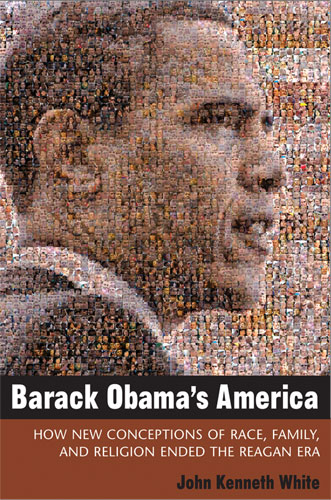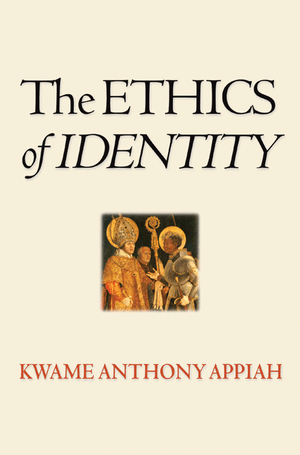Barack Obama’s America: How New Conceptions of Race, Family, and Religion Ended the Reagan EraPosted in Barack Obama, Books, Media Archive, Monographs, Politics/Public Policy, Social Science, United States on 2010-01-05 23:56Z by Steven |
Barack Obama’s America: How New Conceptions of Race, Family, and Religion Ended the Reagan Era
The University of Michgan Press
2009
320 pages
6 x 9
Cloth ISBN: 978-0-472-11450-4
Paper ISBN: 978-0-472-03391-1
Ebook Formats ISBN: 978-0-472-02179-6
John Kenneth White, Professor of Politics
Catholic University of America, Washington, D.C
Research and reflections on the American demographic shift that led to the election of President Barack Obama
The election of Barack Obama to the presidency marks a conclusive end to the Reagan era, writes John Kenneth White in Barack Obama’s America. Reagan symbolized a 1950s and 1960s America, largely white and suburban, with married couples and kids at home, who attended church more often than not.
Obama’s election marks a new era, the author writes. Whites will be a minority by 2042. Marriage is at an all-time low. Cohabitation has increased from a half-million couples in 1960 to more than 5 million in 2000 to even more this year. Gay marriages and civil unions are redefining what it means to be a family. And organized religions are suffering, even as Americans continue to think of themselves as a religious people. Obama’s inauguration was a defining moment in the political destiny of this country, based largely on demographic shifts, as described in Barack Obama’s America.
Read the Q&A with the University of Michigan Press and John Kenneth White here.
University of Michigan Press: Was Barack Obama’s election a reflection of change in American attitudes, or more a change in the type of people who make up the country?
John Kenneth White: …The America of the 1950s through the 1980s has come to an end. Whites will be a minority of all Americans by the middle of the twenty-first century. Hispanics will be nearly a third of the population by 2030. The face of America is turning from white into some form of beige or bronze. Even how we define race is an open question. For much of American history, race was categorized into two categories: black or white. Mixed race was frowned upon and degrading terms such as “quadroon” were invented. Now there are more mixed racial marriages than ever before and the children from those marriages are not easily categorized….

